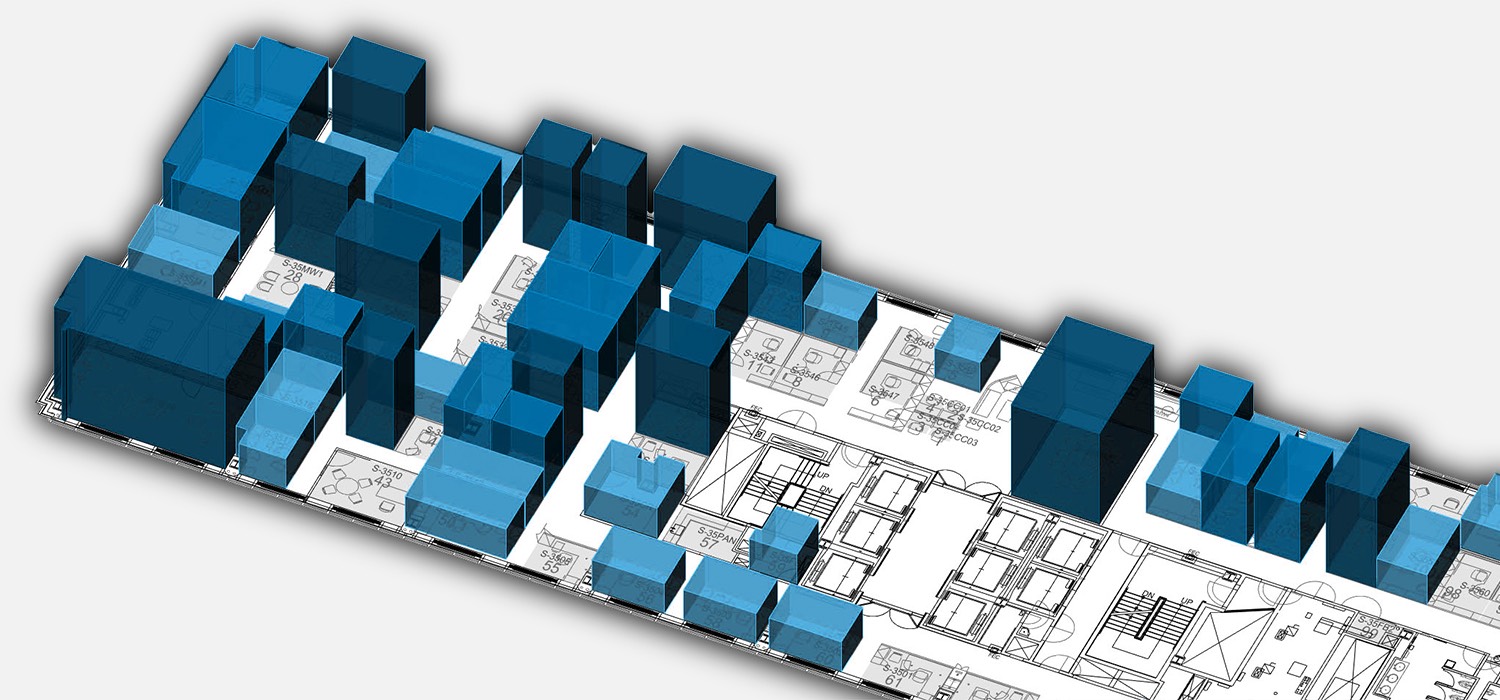
Services
- Real Estate Feasibility Study
- Employee Engagement
- Flexible Workplace Consulting
- Benchmarking
Client Objectives
- Weigh the potential impact of adopting a flexible workplace real estate strategy
- Gauge employee and facilities support for flexible working
- Integrate into the workplace the UN’s millennium development goals of social equity, economic/financial integrity and environmental sustainability
International Organization
Working Without Borders
For any organization to be effective, it sometimes has to look within its own confines for opportunities to promote cooperation, collaboration and sustainability. This global peacekeeping organization’s board of auditors, which oversees space allocation, sustainability and costs (among other things), perceived that the organization’s workplace was not commensurate with UK-based models that maximized productivity and collaboration. The board mandated an investigation into the potential for flexible working. In response, the New York team looked to workplace experts at PLASTARC for guidance.
The organization bears the hallmarks of many global non-profits: altruism, a clear mission and a commitment to fiscal responsibility. It operates on an enormous scale and within a multi-layered matrix in which gathering employee feedback – let alone building consensus – is a challenge. To begin the change process, the PLASTARC consulting team held employee workshops, then designed and distributed a questionnaire to employees in several departments and with varying tenures. The questionnaire asked about technology use, work styles, working habits, spatial and equipment requirements and perceptions of alternative workplace strategies. By exploring these cultural and environmental touchstones, we gained a comprehensive view of the employee experience. We made suggestions to members of the UN’s Flexible Workplace group, which we led and managed and which represented facilities management, human resources and IT.
PLASTARC found that 60 percent of those surveyed were open to a flexible workplace strategy at the New York headquarters. We also observed that occupancy of the global peacekeeping organization’s buildings at selected sites throughout the city averaged less than 50 percent. Furthermore, the workforce’s increasing comfort with technology pointed to a future in which employees would be more open to – and might even expect –flexible, mobile working. Many headquarters employees explained via group interviews and survey data that the current space didn’t meet their needs or expectations for a functional, technologically current workplace. A complete office redesign was barely two years old, but technology and workplace trends had moved so quickly that the space was already antiquated. Like workforces in many organizations, these employees were ready for a change in workplace culture.
PLASTARC concluded that flexible strategies could increase the organization’s efficiency and transparency. Our flexible workplace model demonstrated, for example, that if the global peacekeeping organization instituted flexible working for only 35 percent of employees, long-term benefits could include a 24 percent increase in space efficiency (through consolidation) by 2024.
The business model was strong enough to overcome cultural odds. The organization adopted PLASTARC’s recommendation to implement a pilot environment to test a flexible workplace strategy, as well as to do further research into and planning for larger-scale workplace policy redesign. The recommendations will prepare the client for a continuous evolution in workplace trends.

